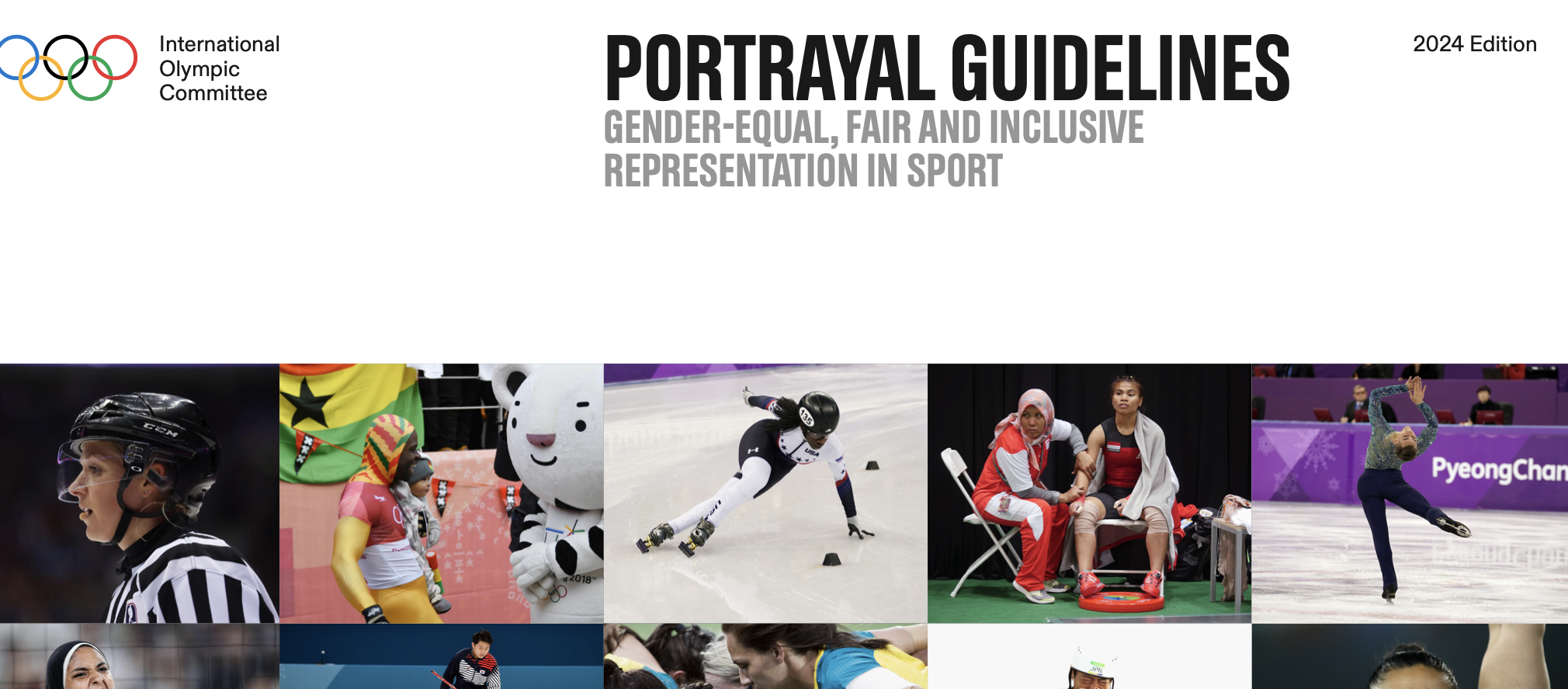Portrayal Guidelines Gender-Equal, Fair and Inclusive Representation in Sport

This is the third edition of the Portrayal Guidelines created for the Olympic Movement stakeholders, in line with the IOC Gender Equality and Inclusion Objectives for the 2021-2024 period. These call for the implementation of 'gender-equal and fair portrayal practices in all forms of communication' across the IOC, at the Olympic Games and throughout the Olympic Movement - whose members are, in turn, encouraged to adopt and adapt these Guidelines according to cultural contexts. This edition updates the 2018 Portrayal Guidelines, which were created as one of the recommendations of the IOC Gender Equality Review Project
Background
Sport has the power to shift how women in all their diversity are seen and how they see themselves. These guidelines have been created for those who have the opportunity to set the tone as to how sportspeople and athletes - globally - are pictures, presented, described, talked about and represented, i.e. portrayed, across all forms of media and communication
Summary
The guidelines are intended to raise awareness of what constitutes gender bias across the various aspects of portrayal within sport, and how this can be overcome to ensure content and communications are more inclusive, balanced and representative of the world we live in.
The guidelines focus on:
- The Context - recognising stereotypes and changing the cliches
- The Practice - adopting fair and balanced portrayal practices
- Taking Action - checklists to facilitate implementation
- Annex - fair, inclusive, and no-discriminatory portrayal of transgender sportspeople and athletes with sex variations
Read: Portrayal Guidelines, Gender-Equal, Fair and Inclusive Representation in Sport
Related Link: IOC Gender Equality and Inclusion Objectives 2021-2024



















